Food safety and hygiene practices are of utmost importance to all businesses in the food industry.
If you don’t prioritize food safety and hygiene, you put your customers at risk of food-borne diseases and illnesses. The cleanliness of your hotel or restaurant kitchen should be your utmost priority.
When you maintain food safety and hygiene in your hotel or restaurant, you:
- Build a reputation for cleanliness and hygiene because your customers will notice.
- Get recognized by food hygiene authorities.
- Protect your business from being closed down by lawsuit charges.
- Protect your customers from illnesses, contamination, cross-contamination, and food-borne diseases.
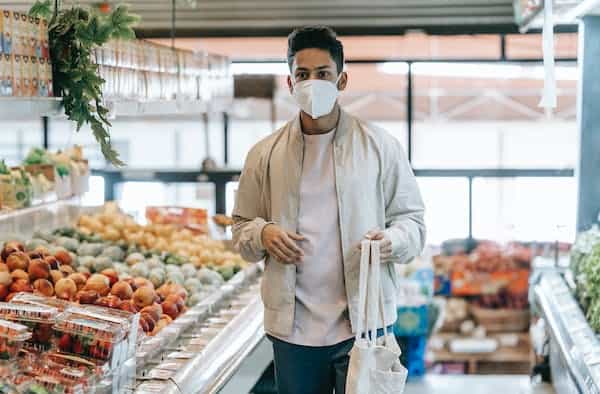
In several countries like the EU, the UK, and the US, food laws and regulations are held in high esteem, and constant inspections are carried out on hotels and restaurants to ensure the management complies with the regulations.
Some of these inspections can lead to measures like the issuance of statements on what to work on, change, or fix in the restaurant, while some can lead to extreme measures like closure or prosecution.
Food hygiene is a serious business because every hygiene measure taken with levity leaves customers at risk of food poisoning.
To avoid the extreme measures of not adhering to food hygiene and safety regulations, here are guidelines and rules to lay down for your staff and workers to ensure your hotel and restaurant are safe and hygienic.
Guidelines on How to Maintain Food Safety and Hygiene in Hotels and Restaurants
Cleaning food safety and hygiene measures
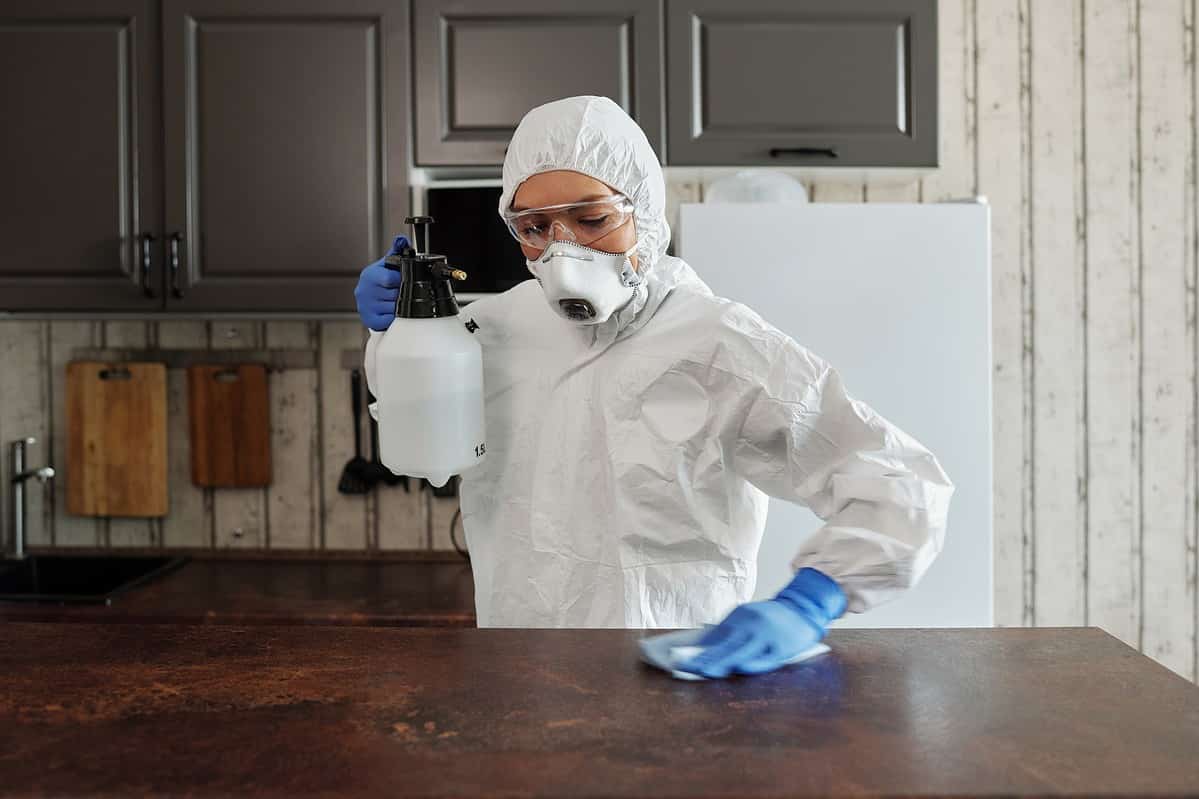
Clean and sanitize the kitchen environment where food is prepared and cooked. Also, ensure the pantry or store room where the food ingredients are delivered and stored is kept neat, dry, and safe.
Clean and sterilize kitchen utensils, cookware, plates, dishwasher, and every tool and equipment used in the storing, preparation, and cooking of food.
For cooking surfaces,
- Wipe and wash cooking surfaces with food-friendly cleaning agents.
- Scrub surfaces to remove stains and odor from previous food ingredients.
- Rinse surfaces and wipe with clean dry clothes
- Sanitize surfaces and leave them to dry.
Shop
Food supplies

The supply of food ingredients is an important part of food hygiene and safety. When buying from food suppliers, ensure the ingredients are well sealed, not spoiled or rotten, and produced organically not with chemicals.
Sometimes, most hotels and restaurants follow approved food and hygiene safety guidelines but still end up getting food poisoning or food-borne disease complaints from customers. This may be the fault of the suppliers or manufacturers.
To prevent issues arising from suppliers,
- Buy from approved and reputable food ingredient suppliers.
- Ensure your supplier follows food hygiene and safety guidelines.
- Inspect every food ingredient after receiving them to ensure they are in good condition.
- Inspect every food ingredient before using them to ensure they are good for cooking.
Also read: How to Make Healthy Smoothies for Your Hotel or Restaurant – A Mini Guide
Cooking food safety and hygiene measures
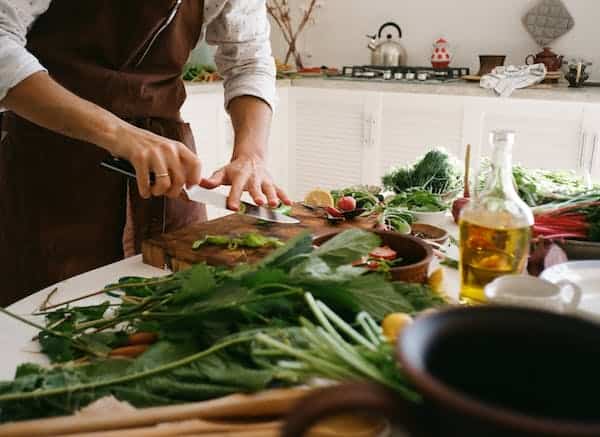
Ensure to check food ingredients before cooking meals.
- Check for spoilt ingredients.
- Check for freezer burns which may occur when food ingredients are not properly wrapped and protected.
Ensure all food ingredients are well inspected before they are cooked to prevent food poison.
When cooking meals for customers, ensure your staff wear appropriate protective gear and wash their hands thoroughly and correctly before cooking commences.
Cook all foods thoroughly and at the right temperature, especially meat, and eggs, to avoid the spread of pathogens in meals.
Store food properly in neat and warm containers to preserve the meal till it’s time to serve customers. Also, store the remaining food ingredients or meals in the right storage place for each ingredient. Either in a cool dry place or in the fridge, or freezer. Ensure to wrap carefully, properly, and thoroughly. Also, use a meat thermometer sensor to check for food temperature when cooking meat.
Shop
Avoid Cross-contamination
When cooking meals, ensure to prevent cross-contamination by separating raw meals from cooked meals. Do this by using separate cooking utensils for raw and cooked meals.
You can also avoid cross-contamination by color-coding. When preparing food ingredients on cutting/chopping boards, use color-coded boards to distinguish between the board for meats, vegetables, fruits, etc.
This will prevent the pathogen in the meat from spreading to the fruits when cutting. Using one cutting/chopping board for all food ingredients might cause cross-contamination even if the board is thoroughly washed with soap and water before and after use.
Staff recruitment
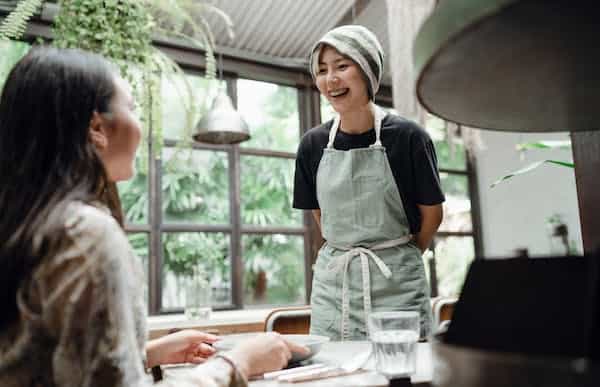
Recruit certified staff or staff with experience working in the food industry and train them properly to ensure they are well acquainted with the importance of food hygiene and safety. Check and lecture them on personal hygiene routines to ensure they understand their importance in relation to their job:
Staff personal hygiene checks:
- Do they wash their hands after using the bathroom?
- Do they talk while cooking?
- Do they use the right protective materials while cooking? Like hair covering, mouth covering, wearing gloves, etc.
Train your staff adequately on what to know about food business hygiene.
Pest control
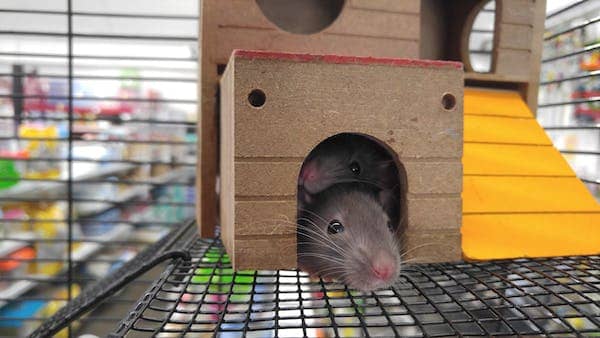
The final food safety and hygiene measure to check for is pest control.
You can do everything right and still get your meals contaminated by household and factory pests like rats, flies, wall geckos, etc. Worse, they would damage your cooking materials and infect your utensils and ingredients.
Control pests by:
- Sealing off cracks and any suspected entryway for pests in your building.
- Inspecting food produce or delivery packages coming into the building.
- Clean surfaces and every corner of the building, kitchen, and cooking equipment thoroughly and continually.
- Wipe and clean surfaces immediately if they are dirty.
- Throw out garbage and keep trash cans and bins clean and tidy.
- Get a pest control professional to inspect and fumigate building and cooking areas in a way that will not contaminate your meals or food ingredients.
Editor’s Pick: Guide on How to Choose the Best Cookware Set
–
In conclusion, it is important to know that doing one or some of these guidelines is not enough. You have to do all and more. Because the lives and health of people lie in your hands.
Whether you are just starting your food business or you have been in the business for a while, it is important to always;
- Do regular hygiene checks.
- Get a food and safety regulations/guidelines checklist.
- Paste your checklist everywhere around your hotel or restaurant kitchen so that your staff can constantly see it and adhere to it.
- Paste reminders to wear food protection gear on the walls of the kitchen as a constant reminder.
- Carry out training and educational seminars or retreats on the importance of food hygiene and safety and the repercussion of not adhering to the guidelines like losing one’s job, or causing harm to a customer, and the business.
You can also learn more about food safety and hygiene guidelines for your food business here.
.
–

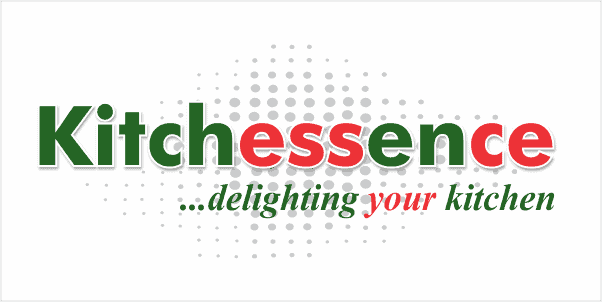
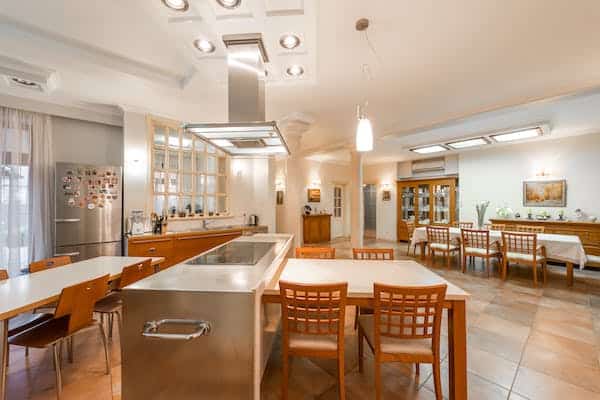
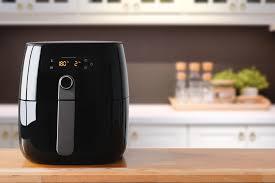
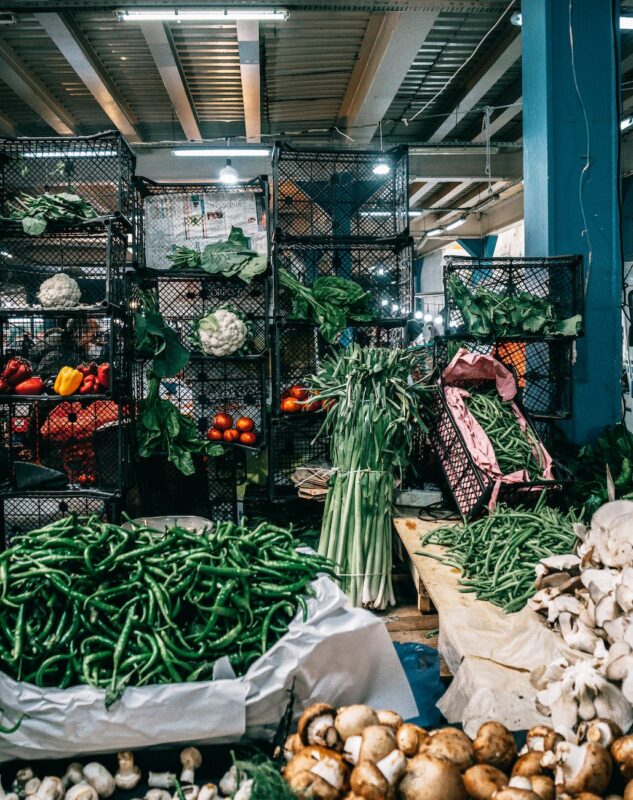
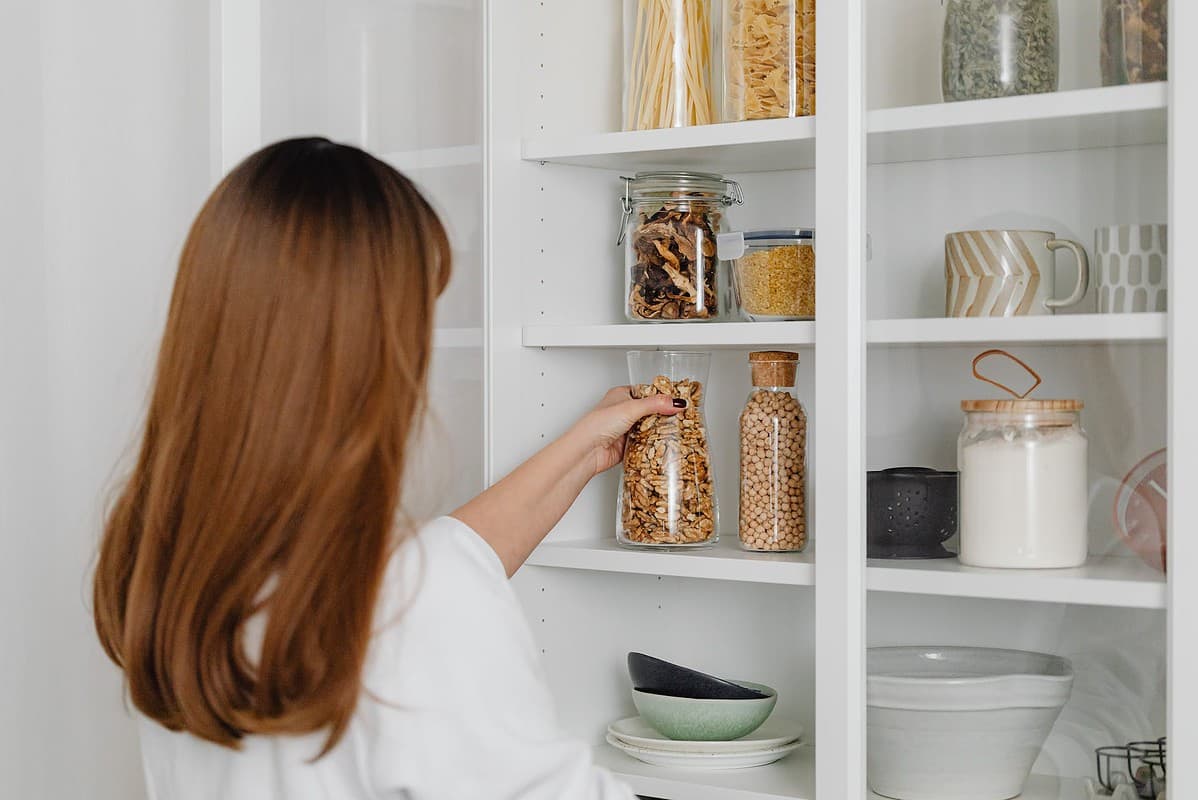
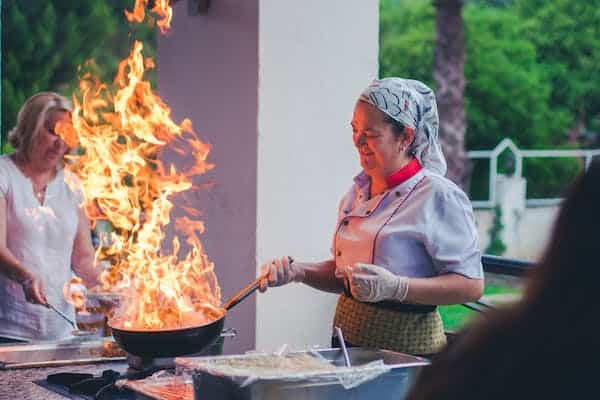
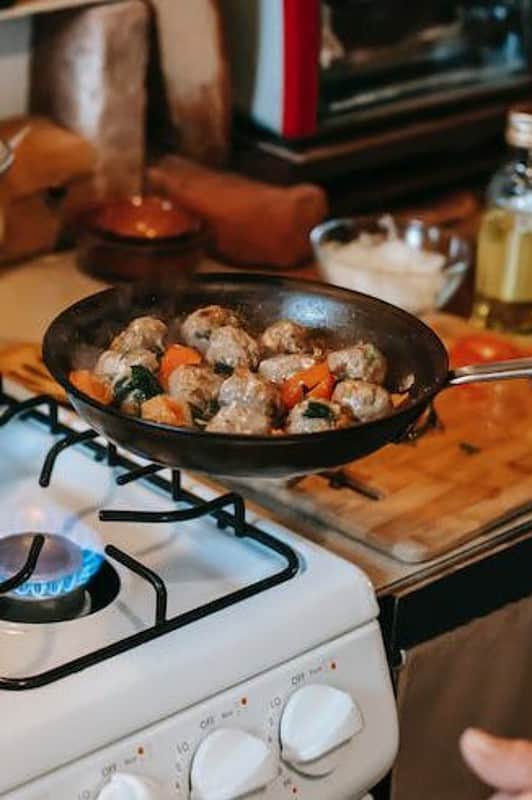
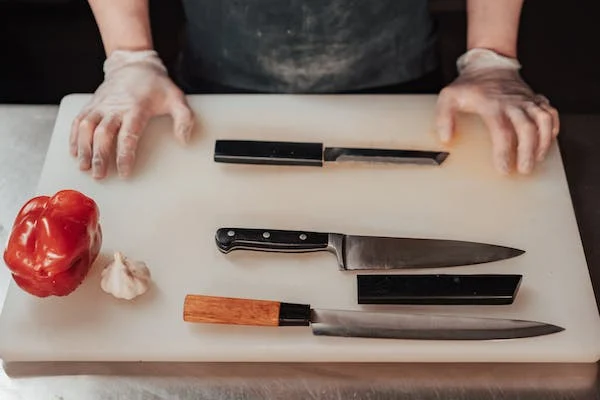
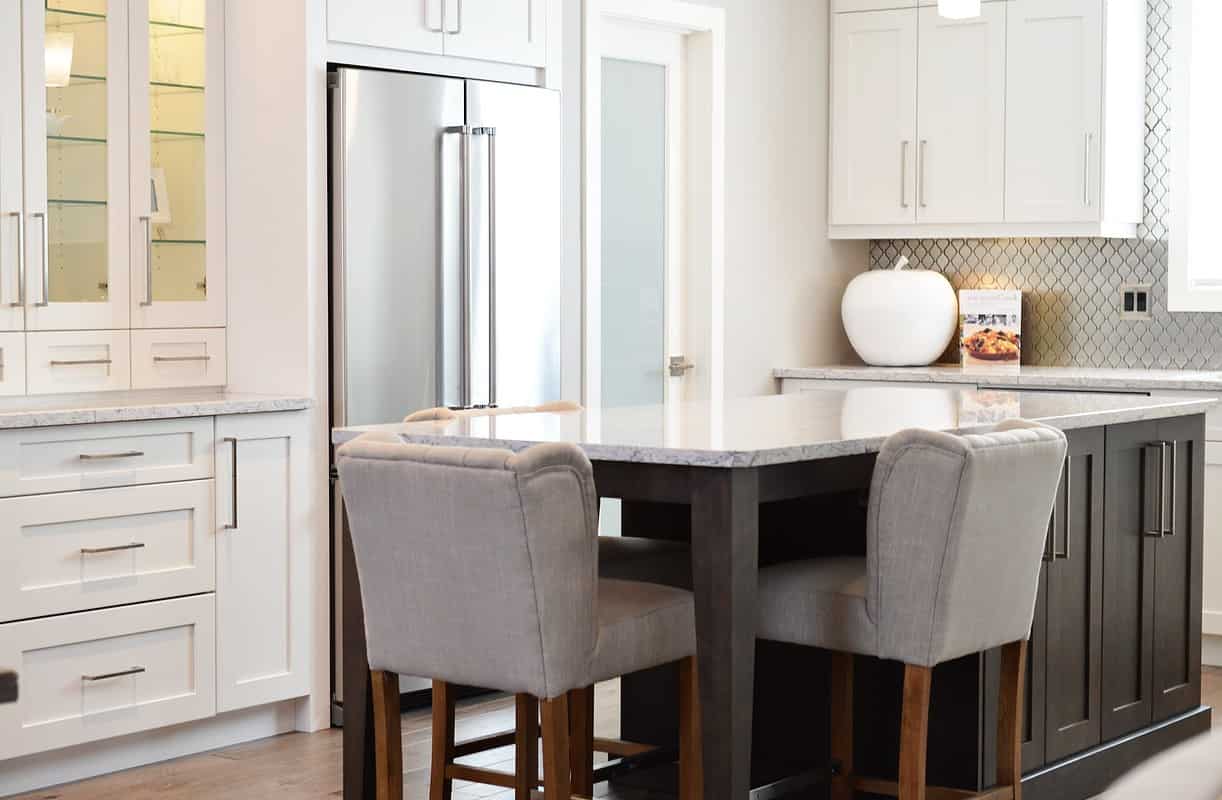
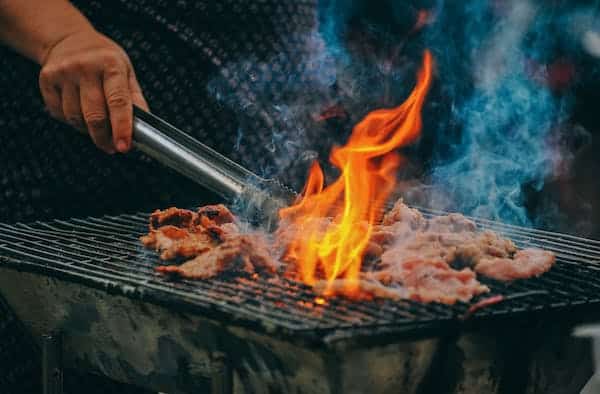

2 thoughts on “Guidelines on How to Maintain Food Safety and Hygiene in Hotels and Restaurants ”